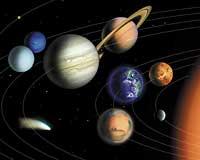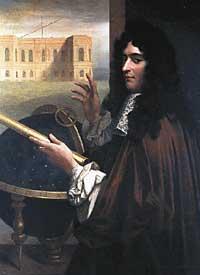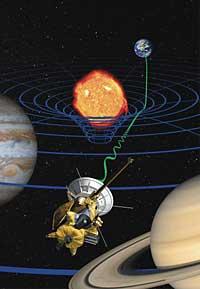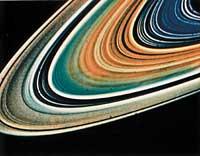Cassini, Lord of the Rings

Louis XIV knew first-hand the works of Cassini, a skillful astronomer. He knew that he deeply investigated the Sun and calculated the rotation times of Jupiter and Mars. Then the Paris Observatory was under construction and decided that the Italian Cassini was the head of the Observatory. Cassini was 42 at the time, but his heirs would inherit the title. His son, grandson and great-grandson were also directors of the observatory until the French Revolution was forced to explode and suspend.

Giovanni Domenico was, however, the most famous of all the Cassini. In fact, from the Paris Observatory he identified four moons of the planet Saturn - Tetis, Dione, Rea and Japet- and did a great job to unravel the structure of the mysterious ring of the planet. He said Saturn's rings were formed by very small particles, which were tiny components that are not even seen one by one.
Today we know above all the successes of Cassini, but in its day participated in vibrant and prestigious astronomical and physical debates. He questioned the assumptions of many scientists and many times had to yield with crispation. The debate with Isaac Newton almost endangered international relations. In fact, both had a very different opinion on the shape of the Earth: Newton said he was a little crushed at the poles and Cassini no, he was tightening at the equator.

The debate lasted 20 years and continued after Newton's death. Finally the honor of the nations of both researchers was put into play and to solve the issue, the French Academy of Science organized two expeditions: One to the Arctic and another to Ecuador, so that in both places exactly one degree of the meridian arch was measured. This easily clarified the debate: As Newton said, the bow was larger in Ecuador.
Controversial, Cassini was a successful astronomer and cartographer. In his honor the name has been put to the space probe that came in July to the orbit of Saturn. The Italian astronomer and other astronomers who have subsequently investigated the planet of the rings have gone to finish what they have left unclear: why Saturn has those bright rings and, incidentally, how they have formed. For four years the probe Cassini will be the patron of Saturn.
Crazy Planet Crazy Planet
The Romans named the planet Saturn in honor of a god. The god Saturn was the father of Jupiter and Jupiter itself, the father of Mars. But Saturn was very jealous and, so that they did not take away his post, he ate his children. It is a rather rare mythological history, but it has to do with the planet.
The first astronomer to observe Saturn with a telescope was the Italian Galileo Galilei. In 1610 he saw three 'balls' instead of one. The central sphere, the main "piece" of the planet, had two small balls attached to the sides. The discovery surprised Galileo. In addition, every time he observed Saturn the modified planet appeared to him: the lateral balls were increasingly smaller. In 1612 they disappeared and Saturn became the only sphere. By then Galileo had already begun to see with telescope strange phenomena in the sky, but that was too much. The planet, like the Roman god, ate its children.

Galileo stopped observing Saturn. Without that crazy planet, the head had serious problems. But other astronomers eagerly drove the telescopes to the mysterious planet. Some saw on the sides of Saturn some things in the form of an ear, but no one revealed what they were. The explanation was found by the Dutchman Christian Huygens. He saw the phenomenon against Galileo: The first time he observed Saturn was the only sphere in space.
But without losing patience, with the passing of the years, in the end the supposed ears of Saturn appeared before him again. It was the year 1659. By then the telescopes were better and realized that it was a ring that revolved around the planet, which appeared and disappeared according to the inclination of the planet. In fact, being the rings so thin, they disappeared by the arista.
Giovanni Domenico Cassini was the one who finally investigated the appearance of that ring. He created a long telescope of forty-six meters, and in 1675 saw that the ring of Saturn was formed by two rings, among which there is a large gap. Since then, this great emptiness is known as the rupture of Cassini, although astrophysicists have seen it later has hundreds of rings.





